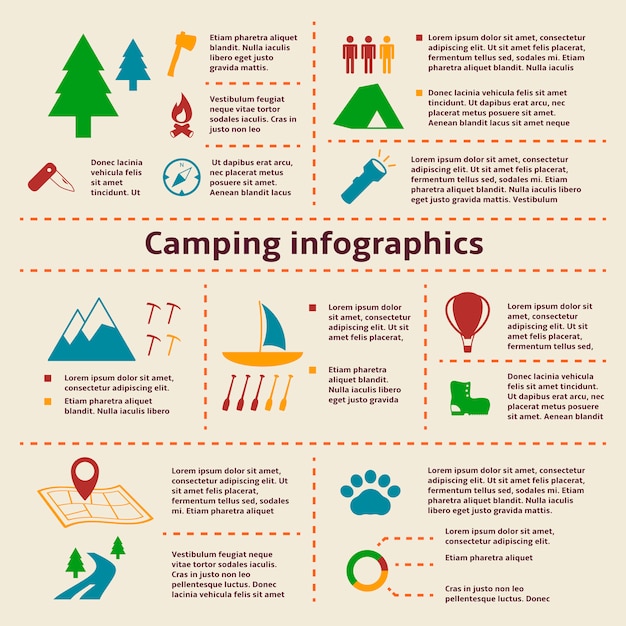Follow These Golden Rules When Selling Your Camping Tents Online
Follow These Golden Rules When Selling Your Camping Tents Online
Blog Article
Taking Photographs of the Evening Skies
A selection of variables can affect night skies digital photography. From climate condition to upcoming holy occasions, you'll wish to plan in advance to make certain success.
Where can I go camping in September?
The shutter rate you select figures out whether stars appear as accurate pin-points or trail across the image. An excellent general rule is to restrict the direct exposure to 500 secs, or the equivalent of your lens's focal length.
Location
Among one of the most essential factors in a good picture is where you take it. Go for locations with minimal light air pollution, and stay clear of locations that have bright city lights and skyscrapers.
Additionally, search for a location that provides foreground elements to create make-ups with. For instance, dune patterns, wind-sculpted ridges and rocky outcrops can all give fascinating foreground components to help tell the tale of your night skies photo.
It is also helpful to study huge events such as meteor showers and lunar eclipses to make the most of opportunities for wonderful images. Utilizing a tool such as the Photographer's Ephemeris can be unbelievably beneficial when preparing your shoots. It helps you to establish moon phases, Milky Way placement and other astronomical occasions. Likewise, consider capturing in RAW style rather than JPEG as this gives you extra versatility when refining the pictures. This is especially real if you prepare to print your images.
Video camera Settings
Obtaining the right cam settings is important for any kind of photo, but specifically so for night skies images. A wide-angle lens is best for catching even more of the Milky Way and lowering star routes, in addition to a longer shutter rate to stop the motion of stars and expose their details.
For an optimum level of quality, shoot in RAW format as opposed to JPEG, which enables you to maintain more information and offers versatility during post-processing. This can likewise contribute to file size, so see to it you have lots of storage room and additional memory cards handy.
Establish your focus to hand-operated focusing by turning the AF/MF turn on your lens right into MF mode. You might need to take a couple of test shots and inspect the image playback on your video camera's LCD display up until you attain best, pinpoint hands-on focus. It's a great idea to do this throughout the day with your selected lens and the place you will certainly be shooting at evening, to verify the precision of your focus setup.
Lighting
A good night skies image needs the appropriate conditions. This consists of a dark sky, yet also a fascinating foreground element such as a mountain coming up, a lake to reflect the celebrities, or a human component like a barn or shed. You can even make use of a headlamp to light up the foreground and include some dramatization or depth to your picture.
One of the most essential cam settings for night skies photography are the aperture and shutter speed. The bigger the aperture, the much more light that gets to the sensing unit. This enables you to record bright stars in a reasonably short amount of time.
The shutter rate determines whether your stars will certainly be pin-point perfect or if they will look like celebrity trails because of the Planet's rotation. Make sure to take numerous long exposure shots and pile them in post-processing for the very best results. Finally, shoot in RAW setting to give yourself optimal latitude in deluxe camping tent post-processing.
Make-up
The secret to stunning star shots isn't a premium telescope, a new wide-angle lens or a high-grade Canon or Nikon electronic camera. It's technique, planning and structure.
For beginners, look your shoot location in advance to obtain a feel for the layout and potential structures. Take into consideration incorporating foreground components such as rocks, a lake or alpenglow on the landscape to add character and interest to your photos.
Remember the Policy of Thirds when composing your photos. This simple principle helps balance and combine photos. It's additionally valuable for focusing on points of interest in your photo, such as rock features or the Milky Way. Likewise, keep in mind to prepare your shoots around moon stages-- capturing at a moon can subdue celebrities and create a silhouetted shape, while firing on evenings with a new moon can aid you see constellations more clearly.
What's the difference between a yurt and a teepee?
